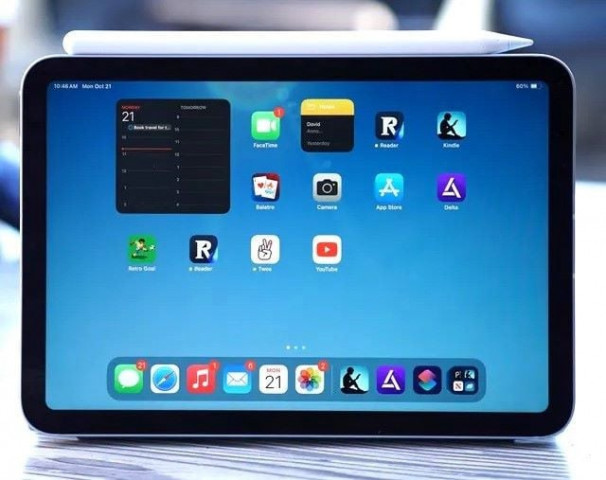Apple's iPad Mini review: A compact alternative with an iPhone-like design
Equipped with the Apple A17 Pro chip, the Mini's performance is about 30% faster than its predecessor.

Apple's iPad Mini stands out among its larger tablet counterparts due to its compact 8.3-inch screen, resembling an iPhone more than a traditional iPad. This design focuses on portability rather than competing with laptops, unlike the bigger iPads which are increasingly seen as laptop alternatives.
Historically, the Mini has seemed like an occasional update rather than a flagship product, designed more for functionality than user preference. This latest iteration, however, feels more like a result of supply chain decisions than a genuine effort to enhance user experience, lacking significant new features while heavily promoting the upcoming Apple Intelligence.
While Apple Intelligence is set to be introduced soon, it remains unclear whether it will transform user interaction with devices. Until it proves to be a game-changer, there are few compelling reasons to upgrade to the new Mini, especially when older models continue to perform adequately.
Though it is a solid tablet, the new iPad Mini does not offer enough to entice users to abandon previous versions. At a starting price of $499, it is considered poor value compared to better alternatives available in the market.
The new iPad Mini introduces three notable changes: it supports the Apple Pencil Pro for creative tasks, offers new colour options, including a subdued blue and purple, and increases the base storage to 128GB—an improvement long awaited by users.
The Mini's updates mainly replace older components rather than innovate. Unlike other iPads, which have repositioned their front-facing cameras, the Mini retains its portrait orientation. Users may also find the presence of 'jelly scrolling' effects and the continued use of Touch ID a disappointment, especially when Face ID would enhance usability.
Equipped with the Apple A17 Pro chip, the Mini's performance is about 30% faster than its predecessor. However, it does not match the performance of the iPhone 15 Pro models and lags behind other iPads, indicating it is not the most powerful device in Apple's lineup. While it handles everyday tasks well, demanding games may cause performance issues.
In routine use, the Mini feels slightly faster than previous versions, though not significantly so when compared to the more powerful M2 and M4 models. For anyone considering future-proofing their purchase, the Mini may not be the best choice due to its relative underperformance.
The key concern for potential buyers is the reliance on the promised Apple Intelligence feature. Investing in the Mini now essentially bets on the future value of Apple Intelligence, which has not yet been fully realised, leaving some wary of its worth.
Many users might prefer larger screens or keyboard attachments for tasks like writing and calculations, suggesting that the Mini caters to a niche audience prioritising compactness over practicality.
Apple could explore more innovative features for the Mini, such as enhancing its camera capabilities or creating accessories that transform it into a multifunctional device. Instead, the new Mini presents minimal upgrades, suggesting that without the promised Apple Intelligence, it lacks substantial appeal.



















COMMENTS
Comments are moderated and generally will be posted if they are on-topic and not abusive.
For more information, please see our Comments FAQ